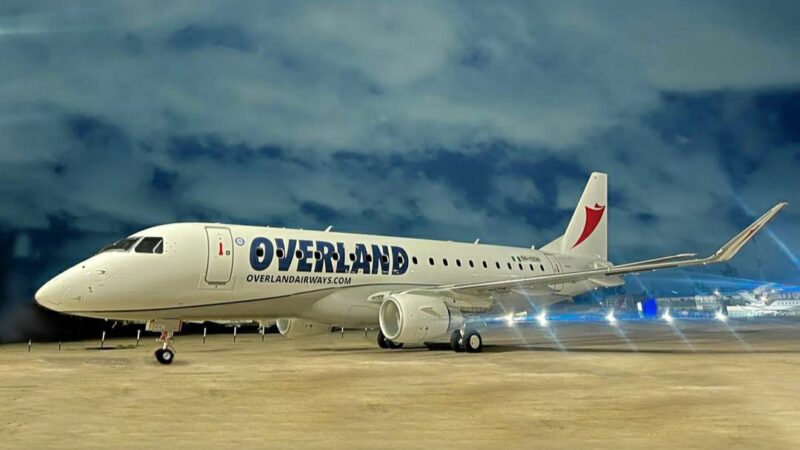Report vindicates ET pilots of B737 MAX crash

The pilots on the doomed Ethiopian Airlines 737 Max plane followed Boeing’s procedures but were unable to regain control of the plane before it crashed and killed 157 people.
Ethiopia’s Transport minister Dagmawit Moges delivered the preliminary report on the disaster on Thursday, where she said “the crew performed all the procedures repeatedly provided by the manufacturer but was not able to control the aircraft.”
She said that the plane was in a “repetitive uncommanded nose-down” position, a position that is widely believed to have been caused by the plane’s MCAS anti-stall software system.
The system is designed to prevent stalls by automatically pointing the nose of the plane downward if the plane senses the aircraft climbing too sharply
The same system was blamed by a preliminary report into the fatal crash of the Lion Air 737 Max in October 2018.
After the Lion Air crash, Boeing and the US Federal Aviation Administration sought to highlight procedures meant to solve any problems with the MCAS software. Those procedures involved disabling MCAS by cutting its power.
Moges did not offer details on to how the pilots attempted to control the plane.
The Wall Street Journal cited sources familiar with the investigation who said the pilots turned off the MCAS system during the fatal descent, and later turned it back on while exploring other ways of stopping the crash.
Moges said that her government’s investigators recommend that Boeing review the MCAS system and that aviation authorities review the new version before the planes can fly again.
The 737 Max was grounded around the world after the Ethiopian Airlines disaster.
Reports into the disaster have put pressure on Boeing as well as the Federal Aviation Administration over how the 737 Max was certified to fly and how the agency certifies planes generally.
The Ethiopian government report said the Boeing 737 Max 8 had normal certification and the crew had all the necessary permissions and training to fly it, Moges said. Pilot and aviation analyst Miles O’Brien told CNN that it was “horrifying” to think that following procedure may not have been enough to prevent the fatal crash.
“The idea that they would have this troubleshooting system, they followed the book and it want good enough, is just horrifying. They followed the book, and the recovery procedure was not good enough,” he said.
The full report will be completed within the next year, officials said at the conference on Thursday.
Culled from Business Insider.







